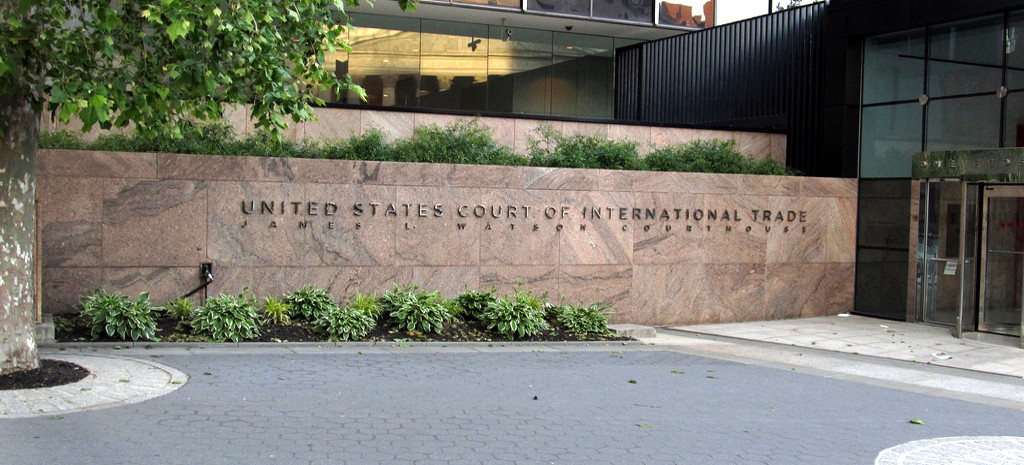The nation’s capitol is expecting a partly cloudy day today and highs in the upper 40s. It’s a fitting setting for the solar industry’s final opportunity to persuade U.S. Trade Representative Robert Lighthizer to support their side of the Section 201 trade dispute.
One the one side, pro-tariff petitioners Suniva and SolarWorld, who have been arguing since April that the U.S. solar manufacturing market has been so damaged by foreign competition that they need “global safeguard relief” – including high tariffs – to revive their businesses, as well as that of other cell and module makers in the United States.
On the other hand, the Solar Energy Industries Association (SEIA) has argued tariffs, while demonstrably keeping the companies alive – at least for now – would ultimately eliminate 88,000 downstream solar jobs from an industry that currently employs 260,000 people, according to The Solar Foundation’s 2017 National Solar Job Census.
And today, in a hearing room in Washington D.C., both sides get to make their closing arguments. While Lighthizer won’t be in attendance, trade office executive Will Martin will take the arguments and relay them to the U.S. Trade Representative.
Lighthizer will be offering President Donald J. Trump his advice about whether he should impose tariffs on foreign solar module manufacturers or not.
Yesterday, SEIA got a head start on its arguments, unveiling what it called its America First Plan for Solar Energy. The plan offered a six-step blueprint for Trump that would keep solar’s momentum going.
First among the arguments, of course, was rejecting the tariffs, a point Abigail Ross Hopper, SEIA’s president and CEO, emphasized during her press conference at the National Press Club.
“Tariffs would jeopardize our economy, our national security and our workers,” Hopper said. “Our plan is meant to help the President address the issues in this case, put America First, and say yes to strong economic and manufacturing growth. Rather than throw a highly successful U.S. industry in reverse for no good reason, this plan will create more jobs and investment in America.”
With SEIA’s immediate recommendation out of the way, the other five points SEIA urged Trump to:
- Support the U.S. military and national security by standing for stable, affordable energy prices.
- Ensure U.S. energy dominance by listening to energy producers, conservative groups and American businesses large and small.
- Fight for American workers by allowing the booming solar market to continue going strong and offering well-paying jobs to 260,000 Americans, including more than 23,000 military veterans.
- Don’t bail out failed foreign firms at the expense of American workers by helping millionaires in China and Germany, and investors in Qatar and Europe, exploit U.S. trade law.
- Make America First. SEIA urged Trump to consider other options to tariffs if he concludes Suniva and SolarWorld need help, including instituting an import license fee that will collect money from overseas manufacturers that can be used to subsidize U.S. companies and our economy.
Trump will offer his final decision by January 26, at which point he can accept or reject the ITC’s recommendations or come up with a different policy.
This content is protected by copyright and may not be reused. If you want to cooperate with us and would like to reuse some of our content, please contact: editors@pv-magazine.com.








Thank you for continuing to report on this important issue, but why must we wait until January 26th to have a decision? I’ve contacted SEIA about starting a Petition to make American voices heard by the president. This issue is about way more than jobs, it’s also about securing America’s ability to combat global warming by deploying renewable energy solutions. We are running out of time to make a meaningful dent into carbon emissions and this is a set back we can’t afford.